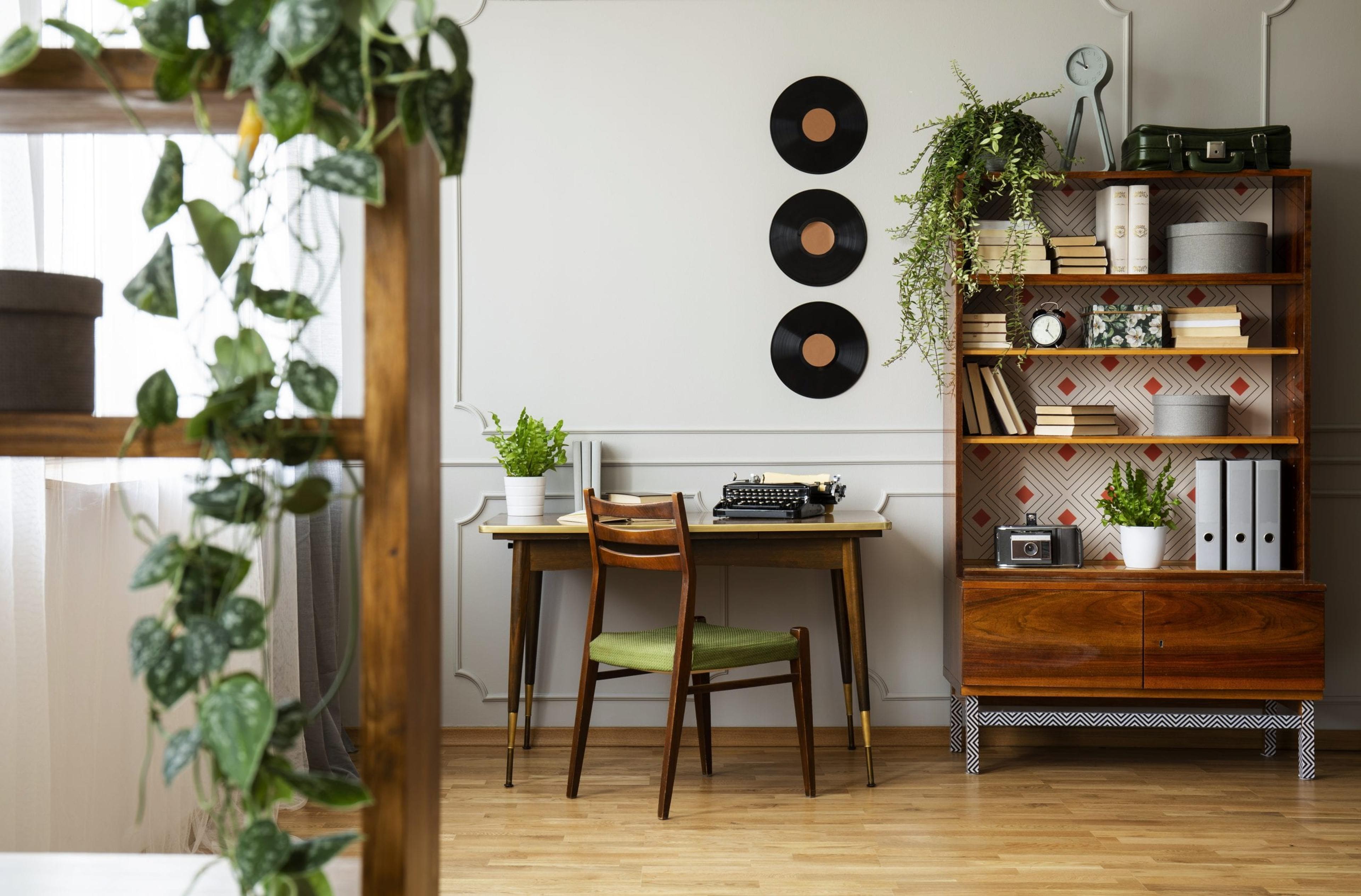
Is your workspace bland or inspiring? Does it really even matter? Emerging studies in the field of neuro-architecture suggest the environment in which you work can affect you physically, emotionally and cognitively. For employers, this means establishing a stimulating work environment is one more way to keep your employees engaged and productive. If you’re considering an office remodel or looking to perk up your work-from-home space, there are four main elements to consider in relation to neuro-architecture:
- Sensation and perception. Think about the sights and smells in the space. Consider working to add natural lighting as much as possible and maximize views of nature, which improves mood and energy levels. In a shared office space, it’s best to avoid chemical fragrances as these can be problematic for employees with sensitivities to fragrance. However, lighting a candle in your home office could certainly boost mood.
- Learning and memory. Rounded edges tend to encourage more brain activity than sharp angles. Wherever possible, incorporate softer, rounder furniture or even rounded decor items to decorate spaces. At home, adding rounded pillows or lamps can soften a space.
- Decision making. A cluttered space can lead to a cluttered mind, which makes decision-making more difficult. Getting rid of visual clutter on your desk and in shared workspaces can help the work environment feel calmer.
- New experiences. Changing and refreshing spaces periodically helps release dopamine in our brains, which makes us feel good. In an office setting, this could be as simple as refreshing the paint, adding new artwork or incorporating plants.
Get started in four easy steps: Ready to incorporate the principles of neuro-architecture in your office? Start with these four updates:
- Lighting. Aim for as much natural light as possible. If artificial light is necessary, try using dimmer switches to increase and decrease light levels to match natural light levels outside. This will help to keep circadian rhythms in check.
- Add fabrics and carpets to improve sound quality. If your space has an echo, adding soft materials to the space can help muffle the effect. Adding artwork or even acoustic panels on the walls can also help improve the sound quality in your space.
- Add bright colors and natural materials. Re-painting a dark office space a light, bright color can instantly add energy. Natural materials such as live edge wooden shelves can also help you feel more connected to nature.
- Add plants. Plants provide oxygen and bring the outside in, both wonderful ways to freshen up office environments and home workspaces. Some businesses have created full walls of plants in an effort to help employees bring stress levels down and connect to nature.
Learn more about design and how it influences well-being in this Blue Cross® Virtual Well-Being webinar. You can also sign up for future employer-focused and general interest webinars here, where you’ll find past sessions and resources. Related:
- Do Your Employees Need Long-Term Disability Insurance?
- The Importance of Praising Your Employees
- Encourage Your Employees to Practice Prevention
Photo credit: Getty Images






